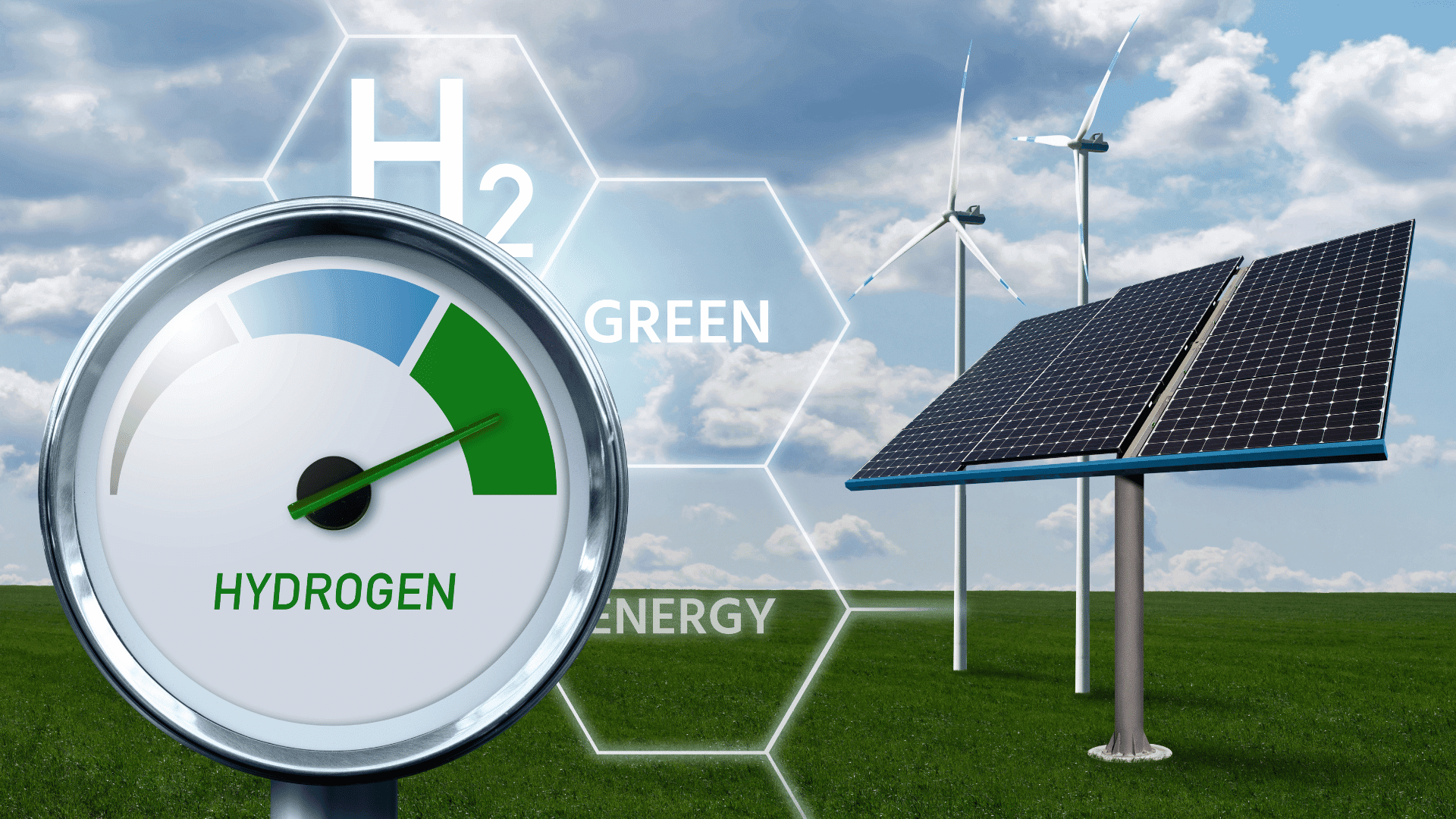Revolutionizing Hydrogen Production: World's Smallest Semiconductor Unlocks Eco-Friendly Solar Hydrogen
Key Ideas
- Researchers at DGIST and Korea University achieved stable nanocluster of cadmium selenide, a sub-1-nm ultrasmall quantum semiconductor, for hydrogen production.
- The unique quantum semiconductor nanocluster holds potential across various fields and was enhanced with cobalt ions to boost electrical properties.
- A novel 'superstructure' design provided structural stability, making it a breakthrough in using the smallest inorganic semiconductor as a photocatalyst for hydrogen evolution.
- Professor Jiwoong Yang highlighted the significant implications of this research, paving the way for new possibilities in energy, environment, and quantum science.
Researchers from the Daegu Gyeongbuk Institute of Science & Technology (DGIST) and Korea University have made a groundbreaking achievement in hydrogen production by successfully developing eco-friendly solar hydrogen using the world's smallest inorganic semiconductor material. This material, a stable nanocluster of cadmium selenide with 26 atoms at sub-1-nanometer scale, has been utilized as a photocatalyst in a water environment to produce hydrogen. The research team, led by Professor Jiwoong Yang at DGIST, also introduced cobalt ions into the nanocluster to enhance its electrical properties, thus improving its effectiveness in inducing photocatalytic hydrogen evolution. The unique quantum semiconductor nanocluster, being neither a molecule nor a fully formed crystal, offers distinct capabilities not present in other nanomaterials, albeit facing challenges of instability and poor electrical properties. By ingeniously designing a 'superstructure' that self-arranges the nanocluster three-dimensionally and linking the ligands on its surface, the team achieved structural stability while preserving the individual cluster's properties. This innovative approach marks the first instance of using the smallest inorganic semiconductor structure as a photocatalyst, opening up new avenues in energy, environmental sustainability, and quantum science. Professor Jiwoong Yang emphasized the potential of this research to revolutionize various fields beyond energy and environment, indicating a promising future for this technology.
Topics
Production
Technology
Innovation
Sustainability
Research
Energy
Nanotechnology
Photocatalysis
Quantum Science
Latest News
